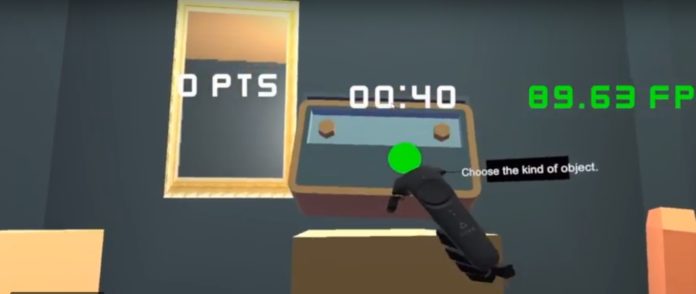An EPFL student Hugo Hueber from computer science faculty has developed a virtual reality game that can be used in any environment, allowing for the same level of interaction with virtual 3D objects as with a real table.
While playing this game, you will be able to manipulate objects that you see in the headset – objects that don’t exist, of course, but also objects that do, like a table or chair. You’ll be able to touch and move real-world objects just like their virtual counterparts. And if you look down, you’ll see your fingers; your virtual hands will reproduce even the slightest movement. This kind of unparalleled immersive experience is exactly what Hugo Hueber.
Hueber said, “My goal was to develop a video game that combines the latest technology with the 3D interactive research we’re carrying out at the lab. That will let video gamers interact physically with a virtual environment that can be transferred to any location – a living room, office or even classroom – instantly.”
That requires first estimating true protests like a seat and afterward displaying and aligning them in the video game, which should be possible in only a couple of snaps. When this is done, players can utilize the object in the diversion in the meantime as they physically contact it with their fingers. Accomplishing this was a considerable specialized test for the Master’s understudy, yet it genuinely upgrades the immersive experience for users.
Another fascinating feature of this game, it improves users’ perception of their fingers, further blurring the line between virtual and reality. His system doesn’t require a joystick – a piece of equipment that lessens the sense of reality.
In addition, users can see each of their fingers and move them with a lot of accuracies, for example by tapping them together or getting an object easily. Also, by setting sensors on their bodies, user can see themselves move inside a video game.
The system tracks the sensors’ developments and creates constant pictures of those developments as they influence diverse parts of the body. That implies clients will have the impression of being completely drenched in a computer game since their physical developments will be synchronized straightforwardly in the game.
Hueber would like to go further in combining the playful, creative aspect of video-game development with research. “People don’t realize how much video games can contribute to other types of R&D,” he says.
The game is available here (you will need HTC Vive and Leap Motion.)
